
$17.5M biopharma alliance leverages CAMP4's tech, addressin protein under-expression in haploinsufficient disorders
Christopher Cole is Associate Editorial Director for BioPharm International®, Pharmaceutical Technology®, and Pharmaceutical Technology Europe™.

$17.5M biopharma alliance leverages CAMP4's tech, addressin protein under-expression in haploinsufficient disorders

David Dodd, GeoVax Labs, opines on why vaccine platform diversity is critical in the United States.

Five bio/pharma sector leaders dissect FDA’s CNPV pilot program.

Five leaders from across the bio/pharma sector explore the opportunities and challenges posed by FDA’s CNPV pilot program.

The CNPV demands parallel launch execution, requiring sponsors to pre-submit flawless CMC, align pricing with affordability goals, and use enhanced communication.

Industry experts weigh in on the potential impacts of FDA’s CNPV pilot on safety trade-offs, resource strain, and unclear incentives for sponsors.
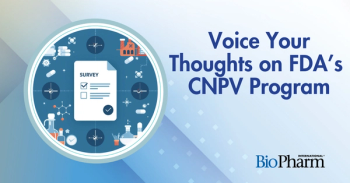
Help shape industry insights. Take our survey on the biopharma impacts of the FDA Commissioner’s National Priority Vouchers program.

At AAPS PharmSci 360 2025, Siddhant Sojitra, Alexion, defines an agitation model to reliably test stability for early-stage biologics.

At AAPS PharmSci 360, Siddhant Sojitra defines a scientifically justified agitation model for the early-stage development of high-concentration biologics.
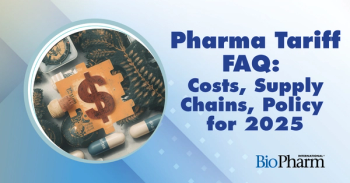
As pharmaceutical tariffs reshape costs and global supply chains, it’s essential for industry professionals to be informed about their core impacts and underlying mechanisms.
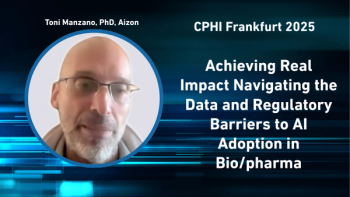
Toni Manzano, PhD, discusses his CPHI Europe presentation, stating that AI is essential for managing complex drug and biologics manufacturing.

Toni Manzano, PhD, Azion, says AI integration in drug manufacturing necessitates regulatory risk assessment, cloud infrastructure for big data, and strict data integrity compliance.


According to a CPHI Frankfurt keynote panel, Europe's biopharma sector must accelerate adaptation to new regulations to stay competitive with the US and China.

Toni Manzano, PhD, Aizon, says AI adoption in biopharma, supported by new GXP guidelines, is challenged by poor data quality and the complexity of industrializing many specific models.
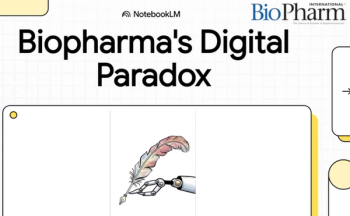
The BioPharm International biopharma industry report on digital transformation uncovers an adoption paradox. This video summarizes our findings.

As cell and gene therapy is poised to play a major role in the future of medicine, it’s important to know the basics.

Comparing our survey results with recent headlines uncovered biopharma’s digital transformation paradox: high potential vs. low adoption.
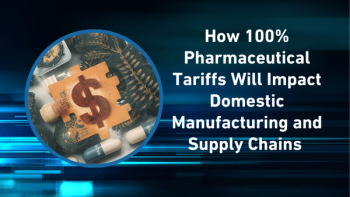
The 100% tariff on imported drugs will pressure biopharma companies to build manufacturing sites in the US or face significant costs.

In the first-ever “Two-Minute Mysteries: BioPharma Stories,” Agilent’s Ken Boda shares the mystery of a low reading.
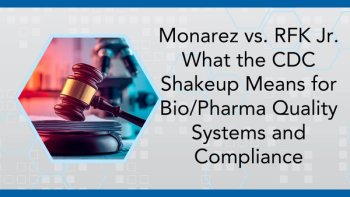
Ex-CDC head Susan Monarez testifies she was fired for resisting RFK Jr.'s pressure to sideline science, raising alarms for bio/pharma's regulatory stability.
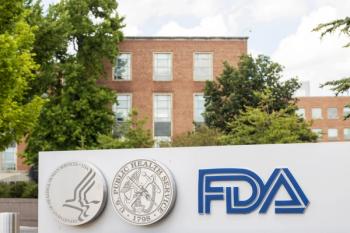
Paul Offit removed from FDA vaccine panel as RFK Jr. reshapes US immunization policy, raising concerns for bio/pharma and regulation.
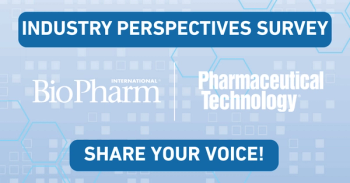
At a critical turning point in the adoption of digital tools across the bio/pharma industry, we want to hear from industry professionals on where things actually stand.
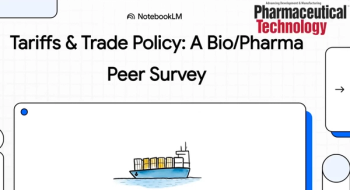
This video clips offers topline findings from our survey of nearly 90 bio/pharma professionals on the impacts of Trump-era tariffs and trade policy.

FDA cites Indiana drug plant for contamination, pest issues, and unresolved equipment failures, raising concerns over pharma manufacturing quality.

The US-EU pharma tariff cap has been finalized at 15%, impacting manufacturing, supply chain, and quality and promoting domestic production and resilience.
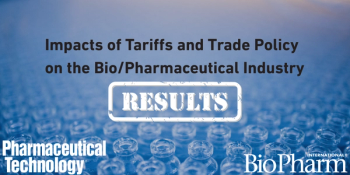
Survey responses indicate that bio/pharma faces tariff-driven rising costs and supply strain, with firms aiming to boost compliance and diversification and seeking stable trade and R&D support.
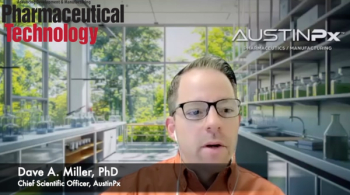
Dave Miller, PhD, explains how early formulation planning, novel platforms, and tailored approaches secure long-term protection against generics.

Dave Miller, PhD, explains how environmental audits, waste reduction, and supply chain security are reshaping priorities in pharmaceutical manufacturing.

Dave Miller, PhD, discusses how shifting drug manufacturing to domestic CDMOs can improve quality, reduce rework, and enhance long-term efficiency.
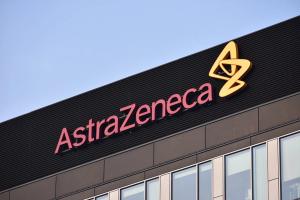
Published: July 28th 2025 | Updated:
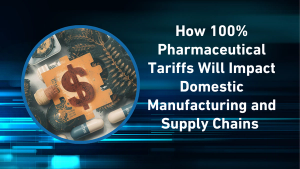
Published: September 26th 2025 | Updated:

Published: August 14th 2025 | Updated:

Published: August 25th 2025 | Updated:
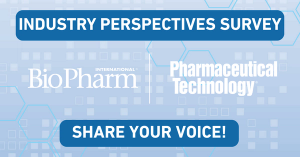
Published: August 27th 2025 | Updated:
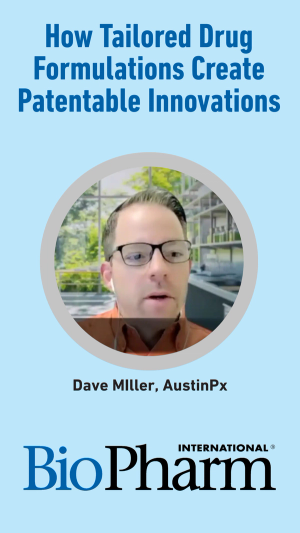
Published: August 25th 2025 | Updated: